These creatures are known to cause significant damage to a variety of plants, turning a once vibrant garden into a landscape of half-eaten leaves and stems.
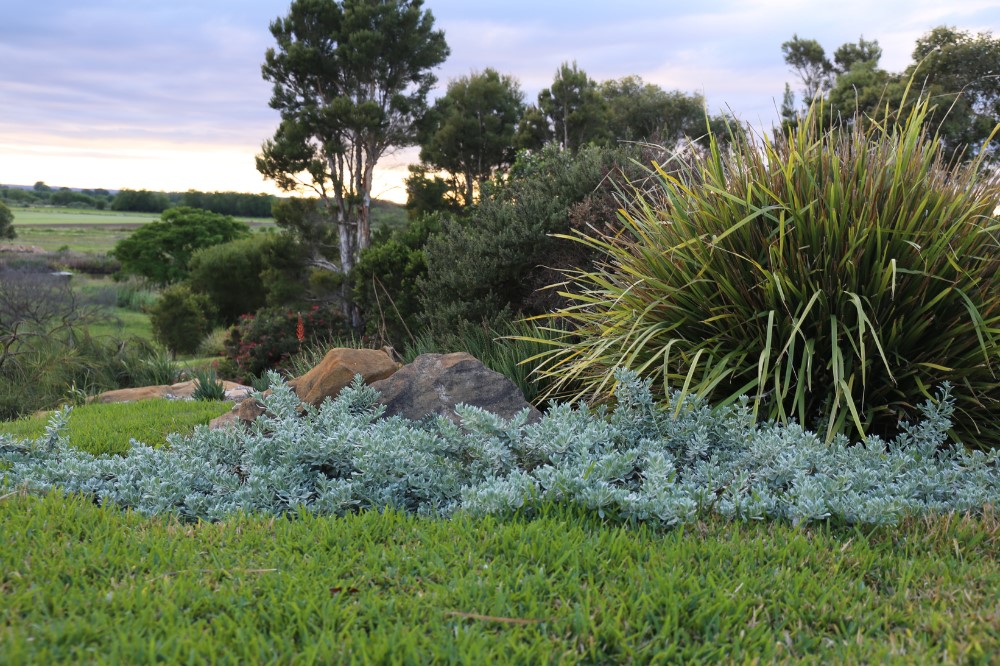
Are Australian Native Plants Better than Exotic Plants?
Plants used for gardening and landscaping mostly have two broad classifications: native and exotic.
Native plants grow naturally in a particular place without the aid of humans. They are well-adapted to the conditions of their habitat. They often require low maintenance when planted in an environment similar to where they are naturally found.
On the other hand, exotic plants or non-natives are introduced into an area where they are not naturally found. In common gardening terms, they are usually from overseas.
Both native plants and exotic plants have their own advantages when used in landscaping or gardening. Different plants require different care, and some kinds may fit better than others for your chosen motif and aesthetics.
Knowing the advantages of both native and exotic plants can help you decide which is best suited for your garden.
1) Native plants can attract insects and birds that will help the ecological diversity in your area.
2) Native plants are already adapted to Australia’s environment.
3) Native plants are resilient.
4) Growing Australian native plants can help you save money compared to growing exotic plants.
5) Australian natives are beautiful.
2) Exotic plants offer a variety of colours, flower types, and foliage variations.
Advantages of Native Plants
Here are some advantages of using native plants for your garden or landscape.
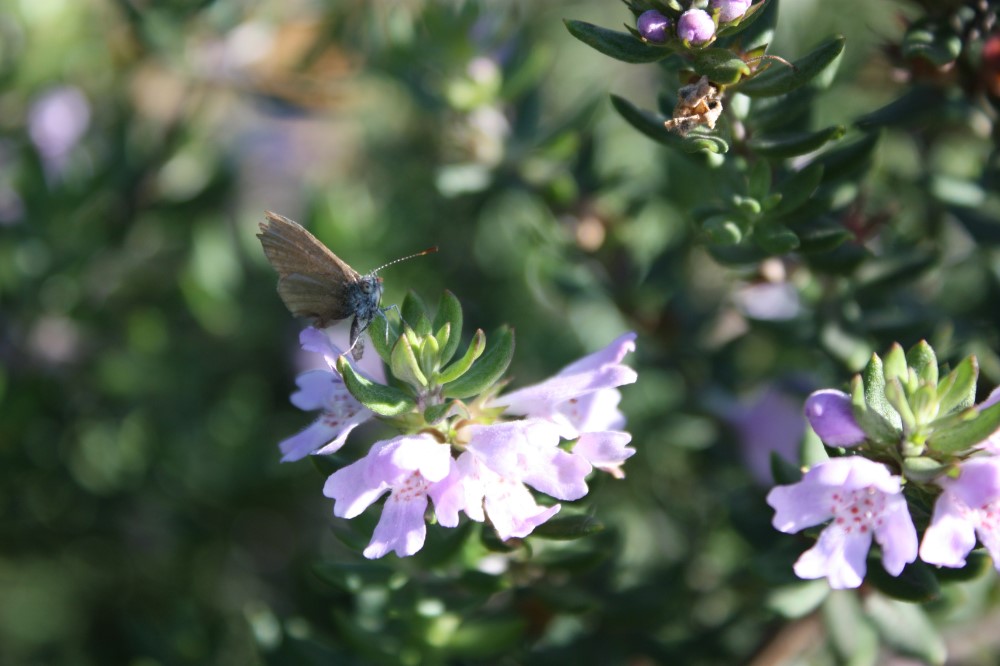
1) Native plants can attract insects and birds that will help the ecological diversity in your area.
Using native plants in your garden or landscape can increase the native faunal diversity in your area. The insects that have coevolved with native plants will of course be drawn to them more than to exotic plants.
Planting native plants can also create habitats similar to those found in nature. By grouping such plants together, gardeners and landscapers can form a recognizable plant community, mimicking a natural habitat and attracting more pollinators that will help the garden or landscape flourish.
Westringia varieties, such as Mundi™ Westringia, Naringa™ Westringia, and Low Horizon™ Westringia, are excellent ground covers and good bird attractors.
Mundi™ Westringia is a low-maintenance, easy to grow plant that provides a protective habitat. Naringa™ Westringia is a medium to tall hedging plant that Aussie Finches and other small birds love. Low Horizon ™ Westringia is a low-growing, compact ground cover that is considered to be the lowest maintenance ground cover Westringia.
Coastal Pink™ Correa is another bird-attracting native plant. It is a medium coastal shrub that provides an exquisite contrast to Mediterranean-style landscapes with its light pink bell-shaped flowers and dark green foliage. Its salt tolerance and low water requirements make it a great fit for coastal and windy areas.
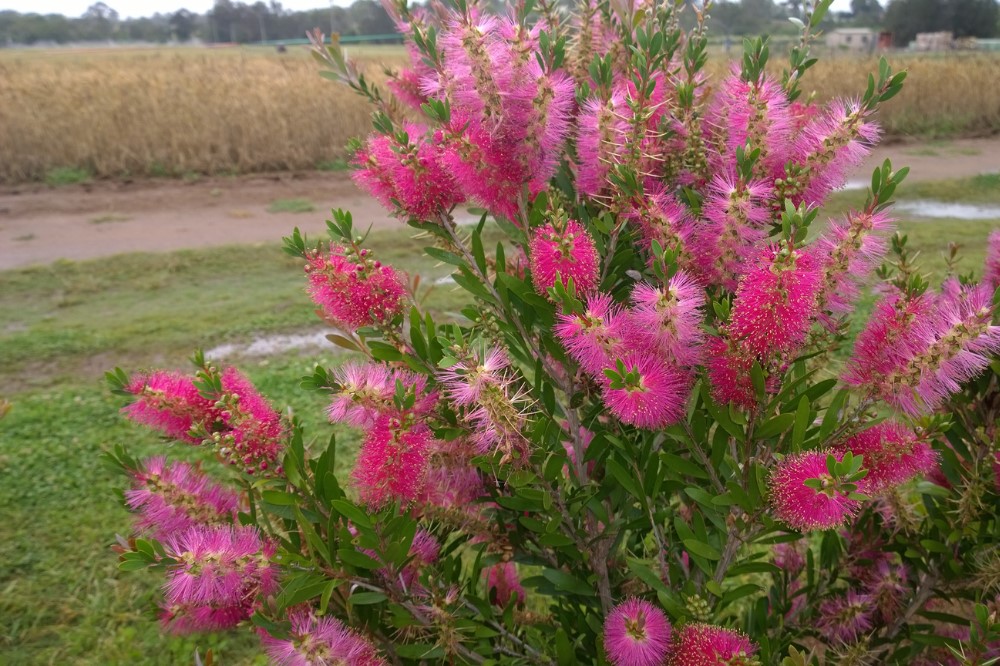
Callistemon or bottlebrush, also a native plant, has a gorgeous flower head that attracts many pollinators. Its varieties grow as shrubs or small trees that are ideal for hedging.
Callistemon is best planted in areas that need to accent safety and sightliness. Good cultivars of this plant are Candy Burst™ Callistemon, Sweet Burst™ Callistemon, Fluro Burst™ Callistemon, Icy Burst™ Callistemon, and Snow Burst™ Callistemon.
These five cultivars are best planted from March to October, but they are tough enough to plant at other times. Their flowers bloom during spring. The first three cultivars have flowers with different shades of pink while the last two cultivars have white flowers.
Using native plants for urban landscaping can be beneficial in restoring the ecology of a certain area. Since most of the land is already disturbed by human activities, planting native plants can help a little bit to heal the ecological balance.
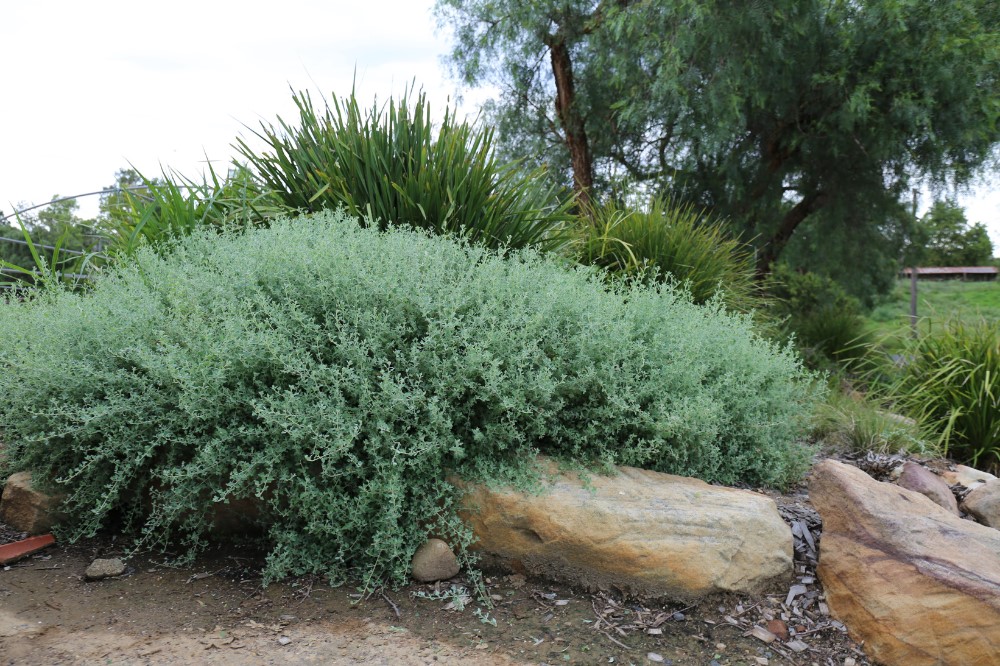
2) Native plants are already adapted to Australia’s environment.
Plants that grow naturally in the country are obviously accustomed to its climate. They no longer need to adjust to the soil, the sunlight, the amount of moisture they receive, and other factors because they are already well-adapted to such conditions.
For example, Aussie Flat Bush™ Rhagodia is very naturalised in different soil types of Australia and can grow with little to no maintenance both inland and in coastal areas. This native saltbush provides a good ground cover with its grey-blue foliage.
Evergreen Baby™ Lomandra prefers sandy loam to heavy clay soil types. This Lomandra cultivar is a compact delicate leaf clumping plant perfect for layering in residential landscapes or as a foreground in gardens.
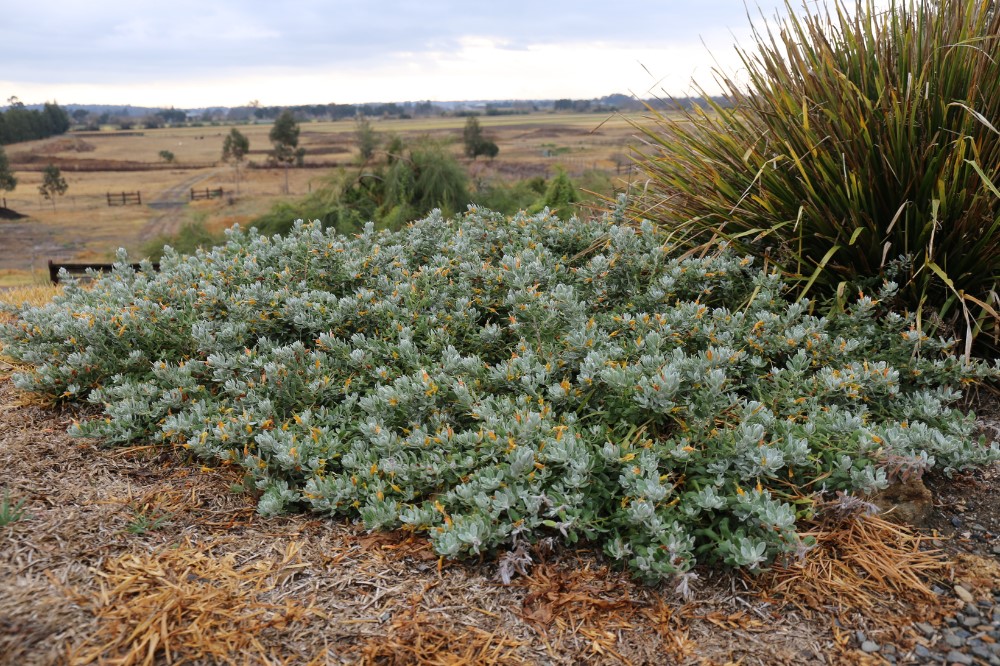
3) Native plants are resilient.
Most Australian native plants are resilient and require low maintenance since they are already used to the environment. After the first year of planting, they can survive on rainfall alone.
Blue Horizon™ Eremophila is a blue-grey ground cover with copper-coloured flowers that bring a different colour during winter. It is a good choice for mixed planting in residential areas with Mediterranean style gardens.
While Eremophilia doesn’t usually live on the Australian East Coast, Blue Horizon™ Eremophila loves the East Coast because it is tolerant of drought, dry soils, and the humidity of NSW. It has been bred to survive in regions outside its normally restricted habitat of Western Australia.
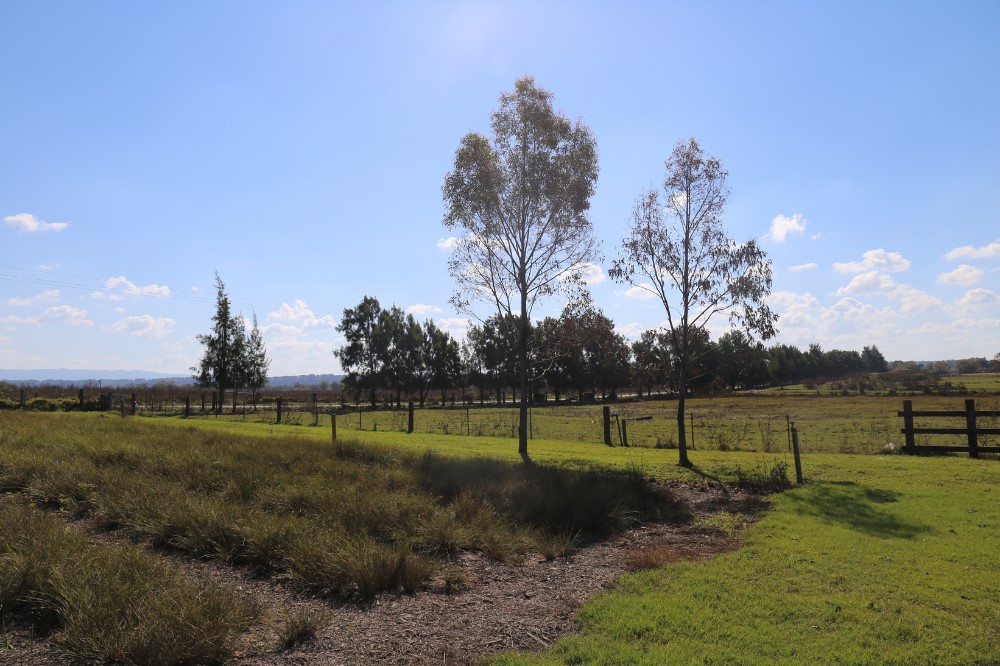
4) Growing Australian native plants can help you save money compared to growing exotic plants.
Native planting poses less financial risk compared to exotic planting because they survive the establishment phase better. They require less specific intervention from humans for them to grow healthy.
Many native plants thrive with less fertiliser and water. They also cope well with Australia’s excessively and frequently severe La Nina wet or El Nino hot dry season extremes. Aussie native plants have evolved to be extreme survivors in a sunburnt country. Many native plants are adaptable, like Shara™ Lomandra, which loves the dry heat but also thrived in the recent floods.
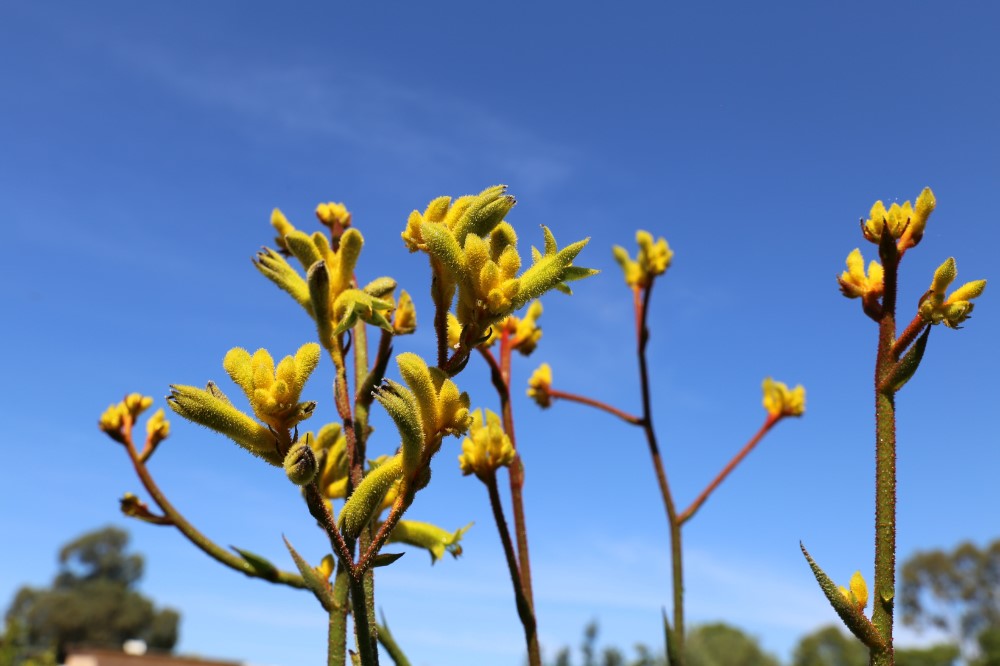
5) Australian natives are beautiful.
People from other countries love our natives, and so should we. Our native plants have unique flowers and foliage, adding an Australian theme to any garden.
The golden flowers of wattles, the striking flowers of Kangaroo Paws, and the evergreen foliage of a Lomandra, for example, are well sought after in the USA, so why not also embrace our natural beauty?
Advantages of Exotic Plants
With recent breeding, exotic plants can now be at par with Australian native plants in terms of toughness and adaptability. The argument that exotic plants are invasive is somewhat obsolete, as many exotic plant cultivars are developed to be non-invasive.
Ozbreed offers hardy exotic plants that are non-invasive and are an excellent alternative to Australian native plants. Here are some advantages of exotic plants.
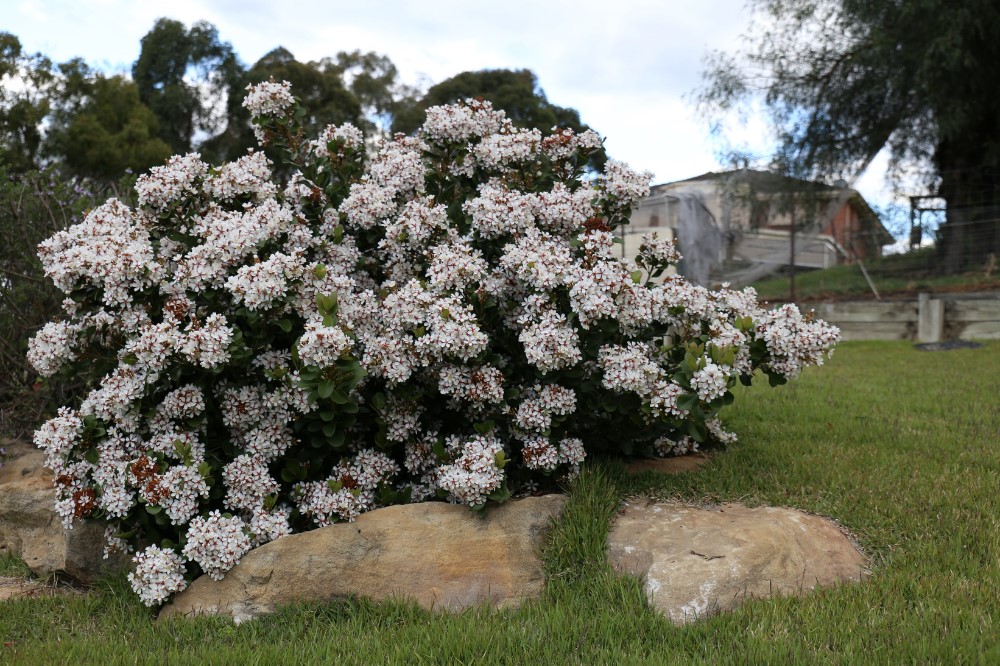
1) Many exotic plants can cope with the Australian environment just as well as the Australian native plants.
There are exotic plants that can adapt to a new environment with proper care.
One example of this is the Cosmic White™ Rhaphiolepis. This Rhaphiolepis cultivar is a highly tolerant exotic tough shrub that can live in most soil types. It has excellent resistance to different plant diseases. It boasts of very clean foliage and spot flowering all year round.
Mighty Coral™ Aloe is another exotic plant that can cope well with the Australian environment. This exotic Aloe succulent is an excellent border plant or feature plant. It has coral pink flower heads that provide a beautiful colour aesthetic. This plant is drought tolerant and can be planted in most soil types. It is frost tolerant and flowers in winter, providing out-of-season colour.
Mighty Gold™ Aloe is an exotic aloe that has similar characteristics as the Mighty Coral™ Aloe. However, Mighty Gold™ Aloe is a more compact succulent that can handle periodic wet feet. This aloe also has beautiful gold flowers that are highlighted further during the cold months.
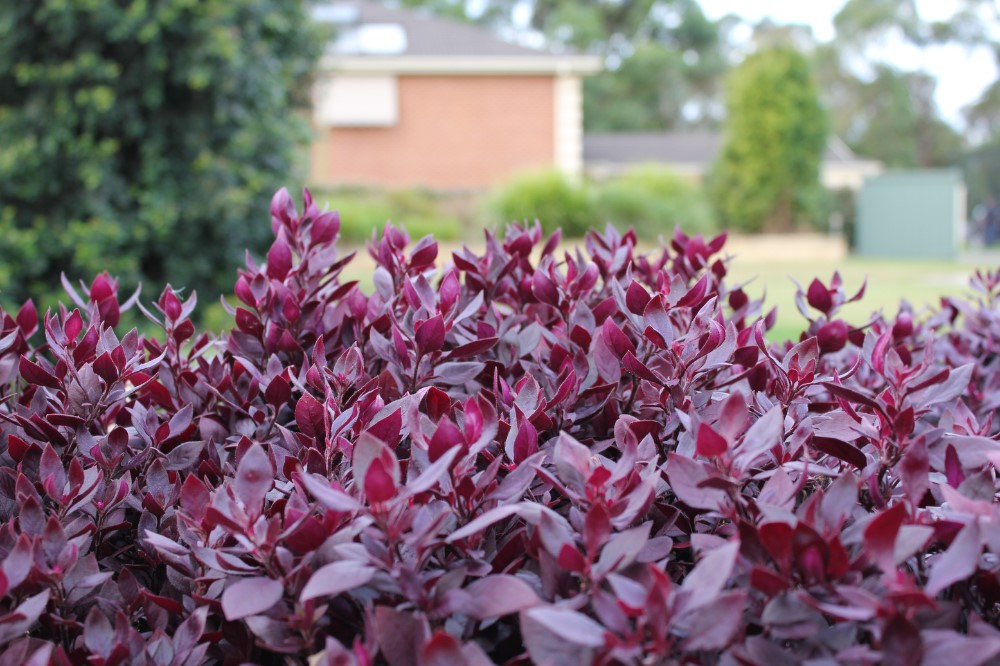
2) Exotic plants offer a variety of colours, flower types, and foliage variations.
For example, planting Cosmic Pink™ Rhaphiolepis along with Cosmic White™ Rhaphiolepis can create a beautiful, colourful flower cover. Cosmic Pink™ Rhaphiolepis, a leafy compact shrub that can tolerate extreme conditions, has masses of captivating pink flowers.
Little Ruby™ Alternanthera can also be a good exotic plant alternative for a ground cover. This plant provides a compact burgundy foliage that is a sure eye-catcher in your garden. This Alternanthera likes humidity and can better tolerate frost as long as it is sheltered correctly.
Brazilian Red Hots™ Alternanthera is an attention seeker plant with its hot pink foliage. It is suitable for planting in garden beds, containers, or pots. Its beautiful colour provides an excellent contrast to other plants in the garden.
It loves humidity. It is also heat tolerant; it can be positioned under full sun. However, it is a frost-tender shrub, so it must be placed in a shelter and protected from light frost.
Queen Mum™ Agapanthus is another aesthetic plant that provides stunning colour in your garden. It has summer-blooming white and blue dual-coloured flowers.
Final Words
Everything begins with the right plants. Choose the low-maintenance plants best-suited to your space and lifestyle, and watch your garden thrive with minimal attention and effort.
Do you need help caring for these amazing, low-maintenance plants? Ozbreed Green Life is Australia’s plant breeding, marketing, and distribution company, well-known for its reliable landscape plants. Ozbreed thoroughly understands where each plant will thrive and what extremes it can withstand.

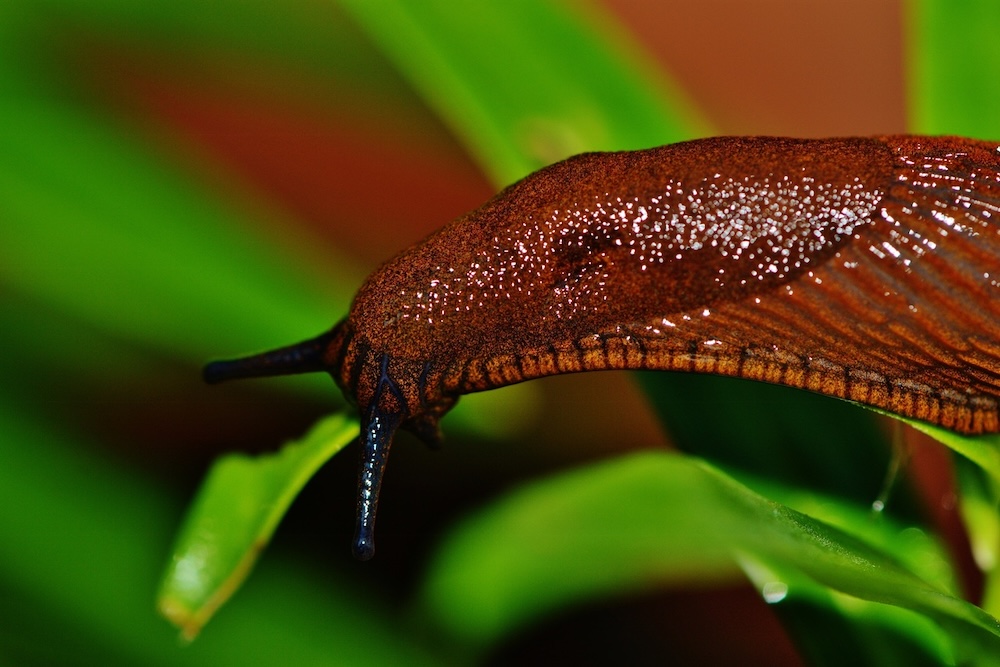
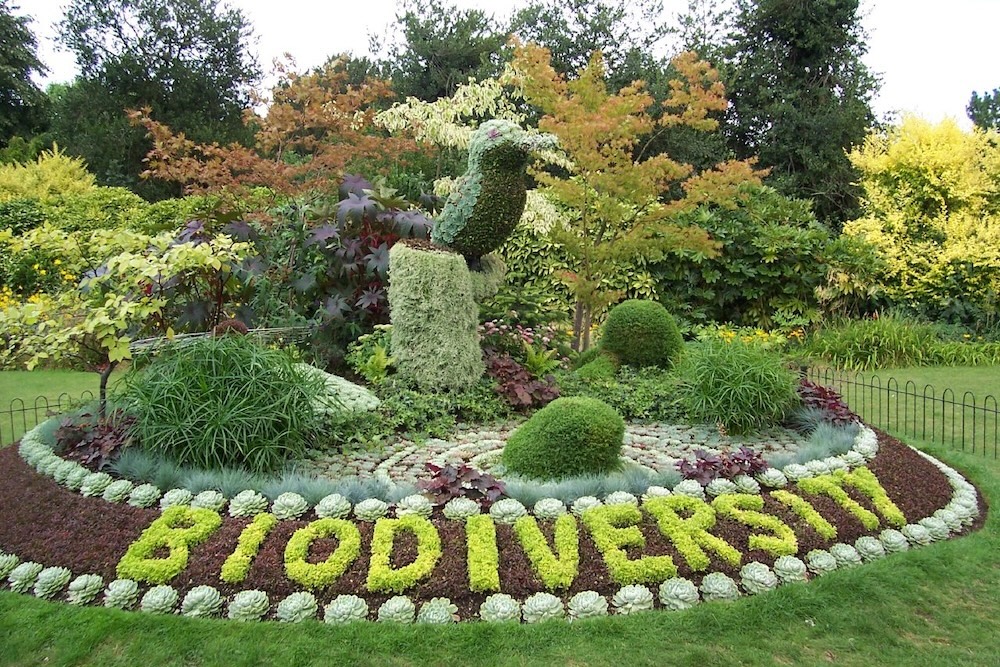
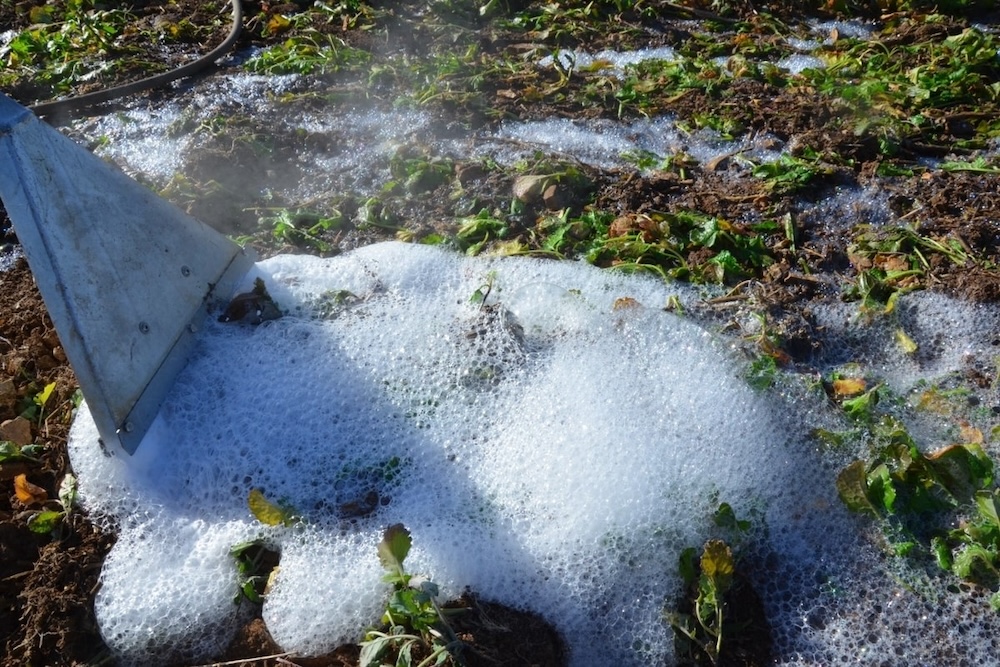
This Post Has 0 Comments